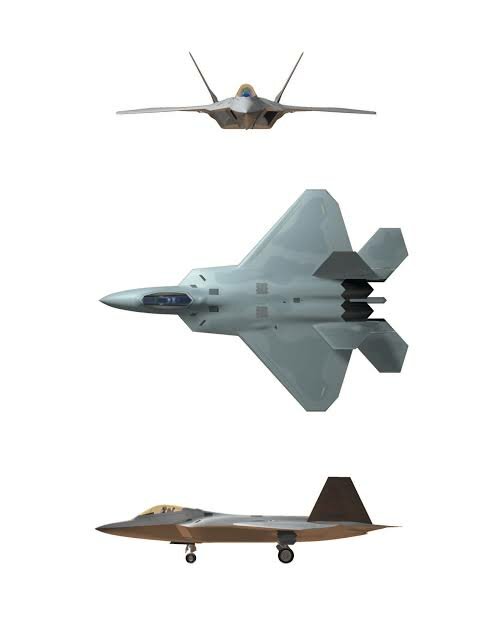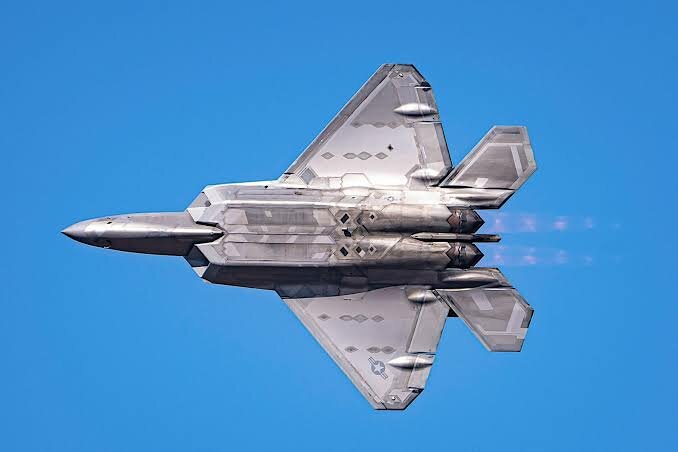- Joined
- 6 August 2007
- Messages
- 3,873
- Reaction score
- 5,838
overscan said:The straight trailing edge on the A-12 and Sneaky Pete complicates RCS reduction as it will give a spike directly forward and directly aft, not ideal locations. Presumably they were relying on deep RAM in leading and trailing edges to counteract that (though this isn't really evident in the inboard profiles) but the blunt convex leading edge wing would give more radar return compared to the scalloped profile of the B-2, YF-23 etc edges.
The A-12 detail drawings show no alignment of panel edges with the wing geometry, and the overall "stealth" technology appears no different from Dan Raymer's Delta Spanloader for Rockwell. The landing gear doors, weapons bay doors etc would create additional spikes front, 90 deg abeam each side, and to the rear, for 7 major RCS spikes, not to mention the canopy.
Exactly. Yet this was touted as a VLO design by GD and ASD. This could have been partly because ASD was not fully read into HAVE BLUE, and this was a completely parallel project. Nonetheless, even with deep RAM it does not seem likely that they would have gotten a a huge reduction. These are essentially the same techniques that the Teledyne/McD team used for HAVE BLUE, and Teledyne had been using on their products. Better than nothing, but not the huge reductions seen with the Lockheed and Northrop efforts on HAVE BLUE.
Unless there was something else to it that's not obvious, though if there was why stick to the configuration for so long?

































